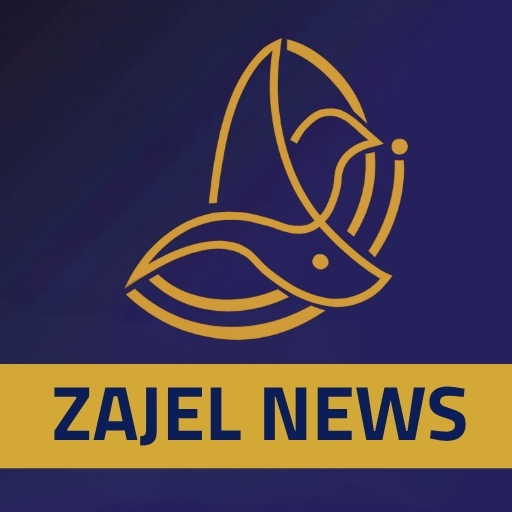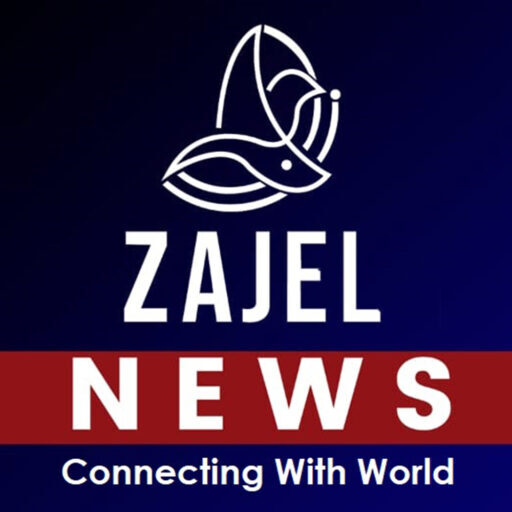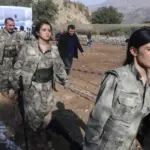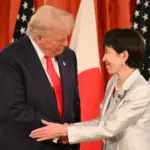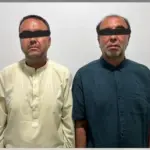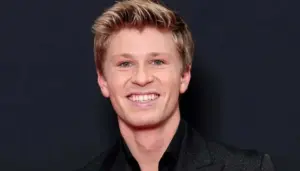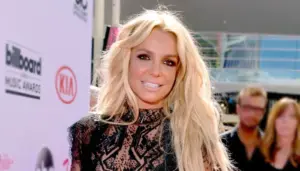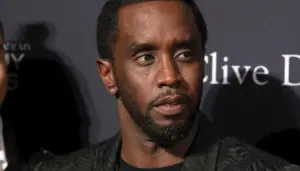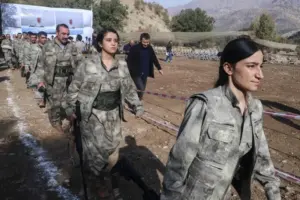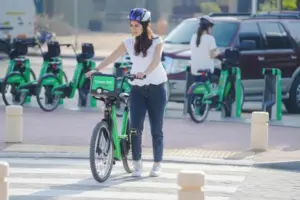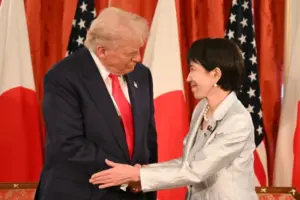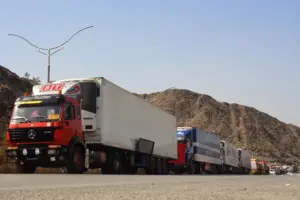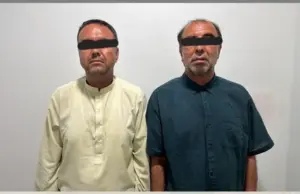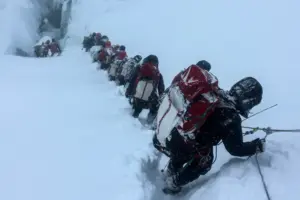TOKYO – U.S. President Donald Trump began one of the busiest days of his Asia tour on Tuesday by meeting Japan’s new Prime Minister, Sanae Takaichi, in Tokyo. Later in the day, Trump is expected to address U.S. troops aboard an aircraft carrier and meet with top business leaders.
Takaichi, who became Japan’s first female prime minister just days ago, faces the challenge of strengthening ties with Washington while protecting Japan’s economic interests. Trump is seeking $550 billion in Japanese investment as part of a new trade deal. During their meeting at the Akasaka State Guest House, Trump greeted Takaichi warmly and joked, “That’s a very strong handshake.”
Takaichi mentioned watching the third game of the U.S. World Series before the ceremony and announced Japan’s plan to gift 250 cherry trees to the United States next year to mark America’s 250th anniversary, along with fireworks from Akita Prefecture for the July 4 celebrations. She also paid tribute to her political mentor, former Prime Minister Shinzo Abe, who had built a close friendship with Trump through their shared love of golf. “Prime Minister Abe often told me about your dynamic diplomacy,” she said.
Trump praised Takaichi’s historic role, calling her position as Japan’s first female leader a “big deal.” Emphasizing the strength of U.S.-Japan relations, he said, “Anything I can do to help Japan, we will be there. We are an ally at the strongest level.” Takaichi signaled interest in buying Ford F-150 trucks as part of efforts to deepen trade cooperation. Reporters noticed an F-150 and several American-made Toyota vehicles parked outside the palace — a subtle nod to Trump’s push for Japan to import more U.S. cars.
During their working lunch, the leaders discussed the war in Ukraine while dining on American beef and rice mixed with Japanese ingredients. Takaichi presented Trump with a putter once used by Abe and a golf bag signed by professional golfer Hideki Matsuyama. Both also signed black “Japan is Back” caps resembling Trump’s famous red “Make America Great Again” hats.
The two leaders signed a short agreement reaffirming the “golden age” of U.S.-Japan relations. It maintained the 15% tariff on Japanese imports and confirmed the creation of a $550 billion fund for Japan’s investment in the U.S. They also signed a second agreement focused on securing critical minerals and rare earth supplies, highlighting cooperation on advanced technology development.
White House Press Secretary Karoline Leavitt said Takaichi intends to nominate Trump for the Nobel Peace Prize. Both leaders also met families of Japanese citizens abducted by North Korea.
While trade remains central to Trump’s Asia strategy, he will also address U.S. forces aboard the USS George Washington, docked near Tokyo. On Monday, Trump met Japan’s emperor during a ceremonial visit after attending the ASEAN summit in Kuala Lumpur, where he helped broker a ceasefire between Thailand and Cambodia following border clashes.
Tensions between the U.S. and China appear to be easing ahead of Trump’s planned meeting with Chinese President Xi Jinping in South Korea later this week. Negotiators from both sides signaled progress toward a trade deal that could prevent economic conflict between the world’s two largest economies. However, details remain unclear, and it is uncertain whether any agreement will fully resolve ongoing disputes over tariffs and rare earth exports.
Trump will depart for South Korea on Wednesday to attend the Asia-Pacific Economic Cooperation (APEC) summit, continuing his push to strengthen U.S. influence in the region.

